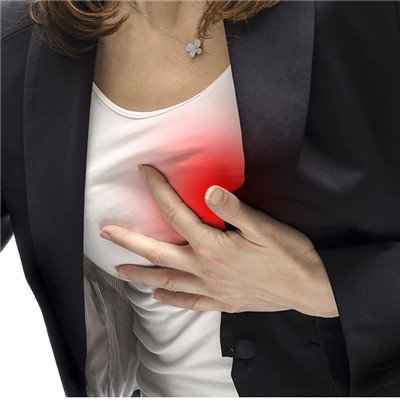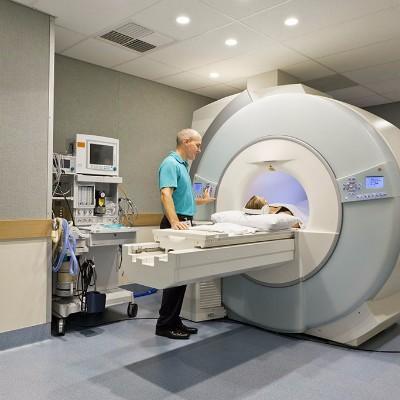All symptoms of cold and medication?
summary
Upper respiratory tract infection, referred to as Shanggan, is the general term of acute inflammation including nasal cavity, pharynx or larynx. Generalized Shanggan is not a disease diagnosis, but a group of diseases, including common cold, viral pharyngitis, laryngitis, herpangina, pharyngeal conjunctival fever, bacterial pharyngeal tonsillitis. Shanggan in a narrow sense, also known as the common cold, is the most common acute respiratory infectious disease, which is self limiting, but the incidence is high. It occurs 2-4 times a year in adults and 6-8 times a year in children. The disease can occur all year round, especially in winter and spring. All symptoms of cold and medication? Let's talk about it
All symptoms of cold and medication?
The incubation period is 1-3 days, which varies with the virus. Enterovirus is short, adenovirus and respiratory syncytial virus are long. The main manifestations are nasal symptoms, such as sneezing, nasal congestion, runny nose, cough, dry throat, itching or burning sensation, and even postnasal drip. At the same time or a few hours after the onset of symptoms such as sneezing, nasal congestion, runny nose and so on. After 2-3 days, the nasal mucus became thick, often accompanied by sore throat, tears, hypoesthesia, dyspnea, hoarseness, etc. Generally no fever and systemic symptoms, or only low fever, discomfort, mild chills, headache. Physical examination showed nasal mucosa congestion, edema, secretions, pharyngeal mild congestion.

Acute viral pharyngitis is caused by rhinovirus, adenovirus, enterovirus and respiratory syncytial virus. The clinical features were itching or burning sensation in the pharynx, cough was rare, and sore throat was not obvious. When swallowing pain, often prompt streptococcus infection. Adenovirus infection may have fever and fatigue. Adenovirus pharyngitis may be accompanied by conjunctivitis. Physical examination showed obvious congestion and edema of pharynx, swelling and tenderness of submandibular lymph nodes.

Most of them were caused by hemolytic streptococcus, followed by Haemophilus influenzae, pneumococcus and Staphylococcus. Acute onset, obvious sore throat, chills, fever (body temperature up to 39 ℃). Physical examination showed obvious pharyngeal congestion, tonsil enlargement and congestion, yellow purulent secretion on the surface, submandibular lymph node enlargement and tenderness, and no abnormal signs in the lung.

matters needing attention
Pseudoephedrine hydrochloride or 1% ephedrine can be used for nasal congestion and edema. Antihistamine cold often has increased nasal mucosa sensitivity, frequent sneezing, runny nose, can choose chlorphenamine maleate or diphenhydramine and other antihistamines. Antitussive agents for patients with obvious cough symptoms can be given dextromethorphan, pentoverine and other antitussive drugs.













